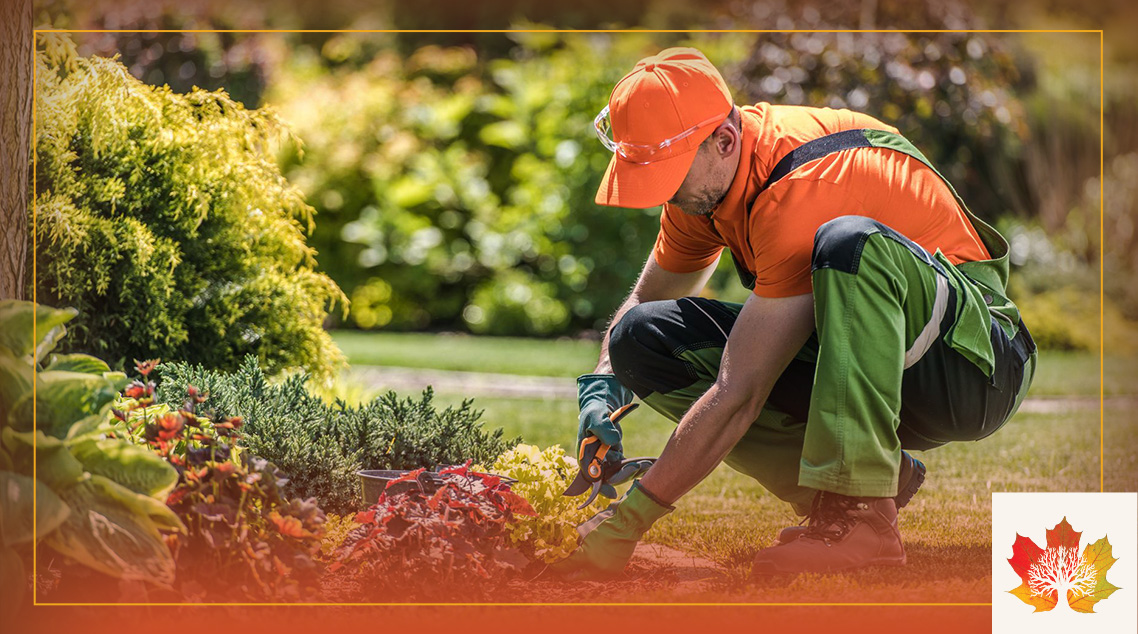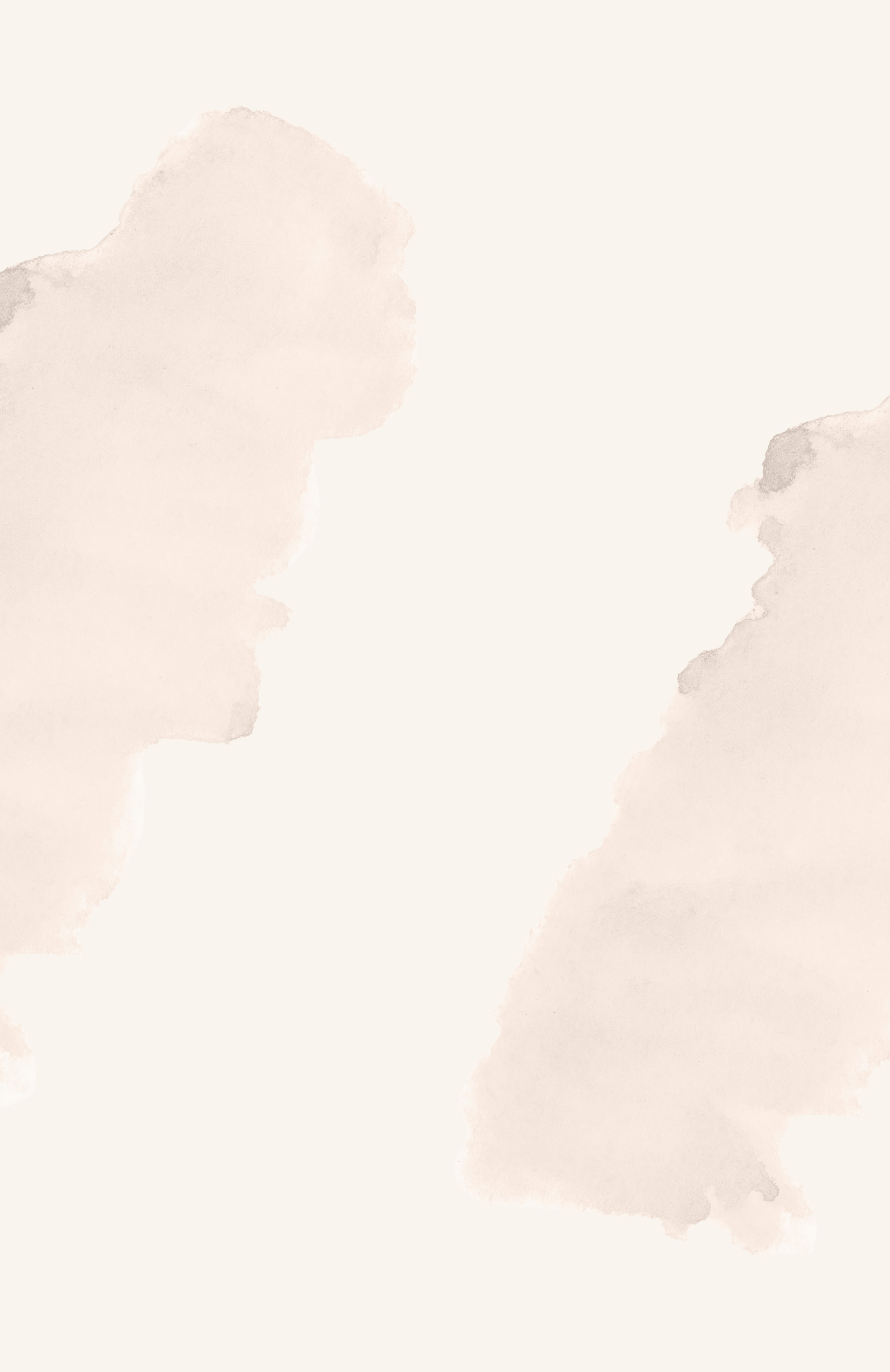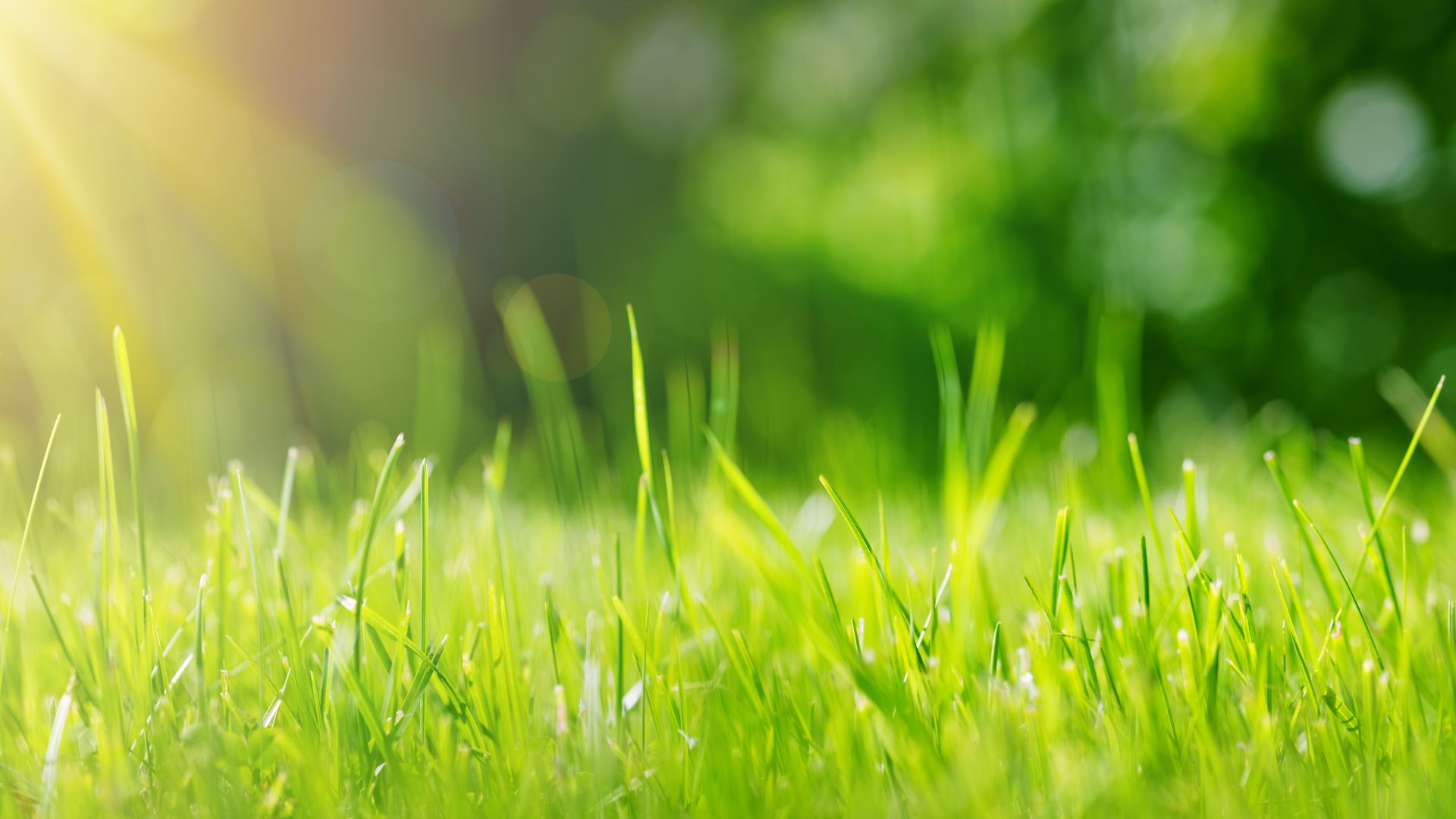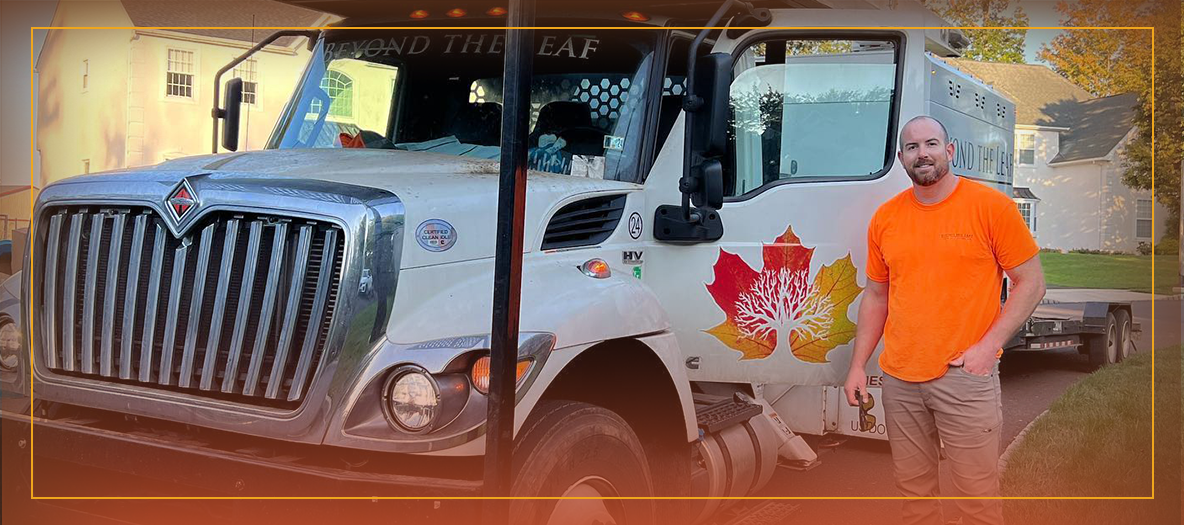
Lantern Fly Control in Pottstown
Currently, we do not offer Lawn Care services in the state of New Jersey.
Maintaining a lush and healthy lawn requires more than just routine lawn care practices. In recent years, a new threat has emerged that demands our attention: the spotted lanternfly. This invasive insect lays its eggs in late fall and, if left unchecked, can wreak havoc on our beloved plants and trees.
Taking proactive measures to control lanternfly eggs is crucial to safeguarding our lawns and the surrounding ecosystem. Identifying and removing these egg masses from infested trees and other plants before they hatch is vital in preventing the spread of this destructive pest.
By being vigilant and staying informed about the vulnerable plant species in our area, we can effectively combat the lanternfly invasion and preserve the beauty and health of our landscapes for future generations. It’s time to take action and protect our lawns from this insidious threat.
Beyond the Leaf Tree & Shrub Experts provides comprehensive lanternfly control solutions. Our landscape professionals will inspect your property for any sign of the spotted lanternfly and provide recommendations on eliminating the eggs from your plants and trees. We also offer preventive treatments designed to protect vulnerable plant species from future infestations.
Unveiling the Threat: Understanding the Devastating Impact of Lantern Flies
As we delve deeper into understanding the menacing presence of lantern flies, it becomes clear that their impact extends beyond just their egg masses. While these distinctive egg masses are often found on various surfaces, including different grass types and landscape trees, it is their subsequent hatching that unveils the true threat.
Furthermore, as lanternfly populations continue to grow, they can quickly spread to other nearby trees, intensifying the devastation. By comprehending the spotted lanternfly’s life cycle and its destructive behavior, we can prioritize the removal of egg masses and implement effective control measures to protect our valuable landscape trees and maintain the ecological balance within our environment. We can help keep your lawn safe from lanternfly egg masses and other potential infestations.
Conquer the Swarm: Effective Strategies for Lantern Fly Control
When faced with the challenge of spotted lanternfly populations, it is crucial to employ effective strategies for control. Targeting their preferred habitats, such as tree trunks, is a key starting point. Regularly inspecting and removing egg masses from host trees significantly disrupts their life cycle. Additionally, implementing chemical treatments can provide effective control.
To capture SLF (spotted lanternfly) moving up trees, traps are used. SLF nymphs and adults crawl up from the trunk and feed higher on branches. One recommended trap for SLF is called a “circle trap,” which is a funnel-style trap. Another method is to use sticky bands that capture the insects as they crawl up the tree. By proactively addressing their presence and implementing comprehensive control measures, we can safeguard our environment and mitigate the devastating impact of these invasive pests.
Benefits of Hiring Professionals To Safeguard Your Lawn Against Spotted Lanternfly Eggs
- Expert knowledge of identifying spotted lanternfly egg masses
- Efficient and thorough removal of egg masses from host plants
- Proper disposal of collected egg masses to prevent re-infestation
- Access to specialized equipment for effective egg mass removal
- Expertise in identifying and targeting trap trees for egg mass removal
- Experience in inspecting and treating tree trunks for hidden egg masses
- Knowledge of safe and environmentally friendly control methods
- Timely detection and removal of egg masses before hatching
- Minimizing the risk of damage to landscape trees and plants
- Tailored strategies based on the unique needs of your lawn and property
Beyond the Leaf Tree & Shrub Experts provide comprehensive lanternfly control services to protect your lawn and landscape plants.
Guardians of Your Greenery: Beyond the Leaf Tree & Shrub Experts Defending Against Lanternfly Menace
With their vast knowledge and expertise, Beyond the Leaf Tree & Shrub Experts bring a valuable level of protection to your lawn against spotted lanternflies. Our landscape professionals are committed to safeguarding our environment through the timely detection and removal of egg masses and implementing targeted control strategies for these destructive pests.
We offer comprehensive solutions tailored to the unique needs of your property, including inspection and treatment of tree trunks and access to specialized equipment for efficient egg mass removal.We also offer a variety of tree and shrub care services, including pruning and pest treatment plans.
Contact us today at (888) 606-3382 to learn more about how we can help keep your trees and shrubs healthy!


We Think Beyond The Leaf
What Our ISA-Certified Arborists Bring to the Table
-
State-of-the-Art Equiptment
Regardless of your tree care needs, Beyond the Leaf comes prepared with state-of-the-art equipment. This enables us to offer efficient and professional results at competitive prices.
-
Insurance AssistanceWe understand the complexities of insurance claims. At Beyond the Leaf Tree & Shrub Experts, we offer professional insurance assistance, allowing you to focus on what matters.
-
Licensed, Insured and CertifiedTrust Beyond the Leaf Tree & Shrub Experts for all your tree and lawn care needs. We are a licensed, insured, and certified company, ensuring your peace of mind.
-
24/7 Emergency Tree ServiceCount on Beyond the Leaf Tree & Shrub Experts for prompt, reliable, 24/7 emergency services. Our team of professionals has been dedicated to saving customers money since 2012.
Recent Work
Providing Residential and Commercial Tree Services in Southeastern PA and North & Central NJ

Our experts are your go-to resource for all your tree and plant healthcare needs. Contact us today for a free consult.











